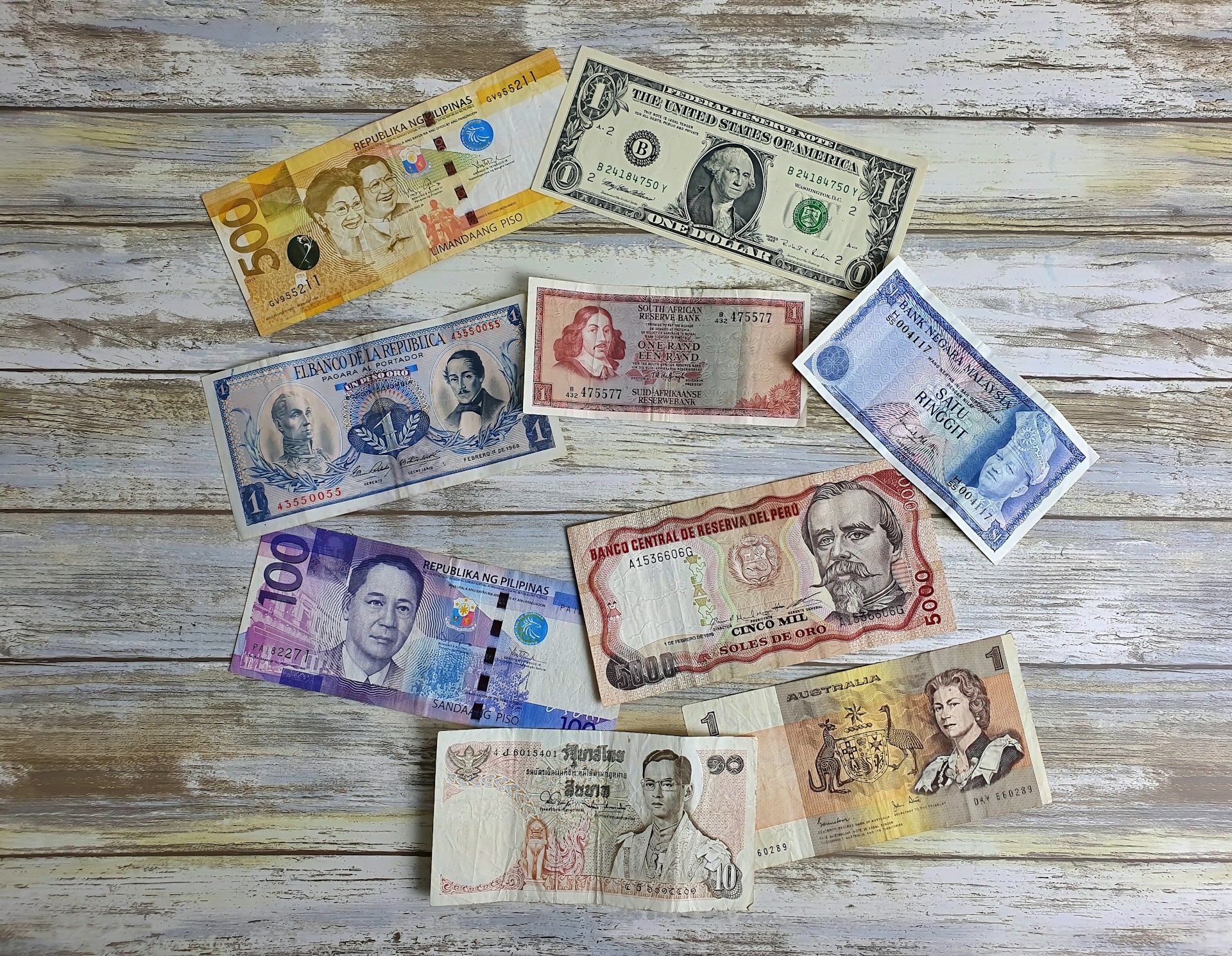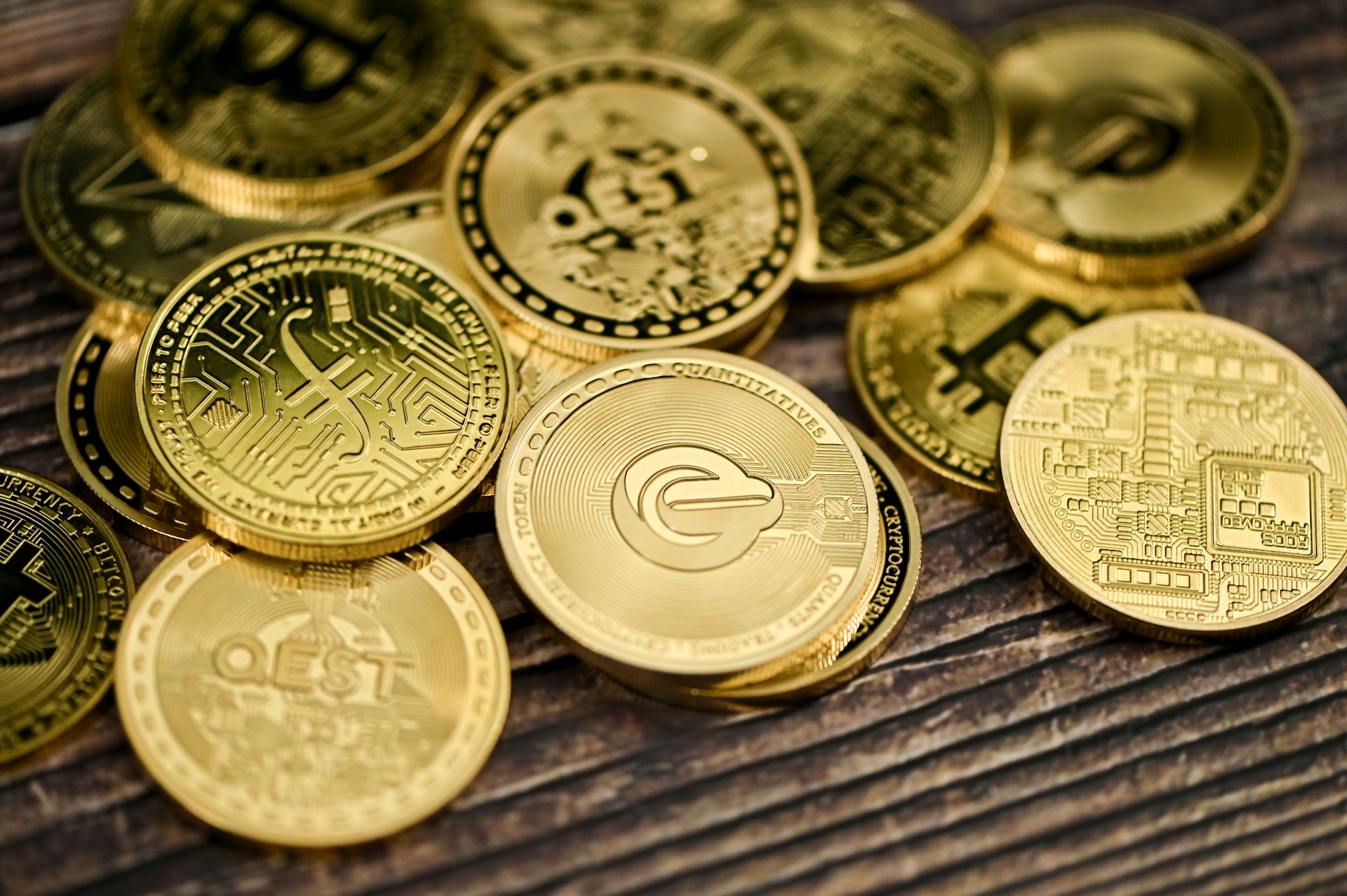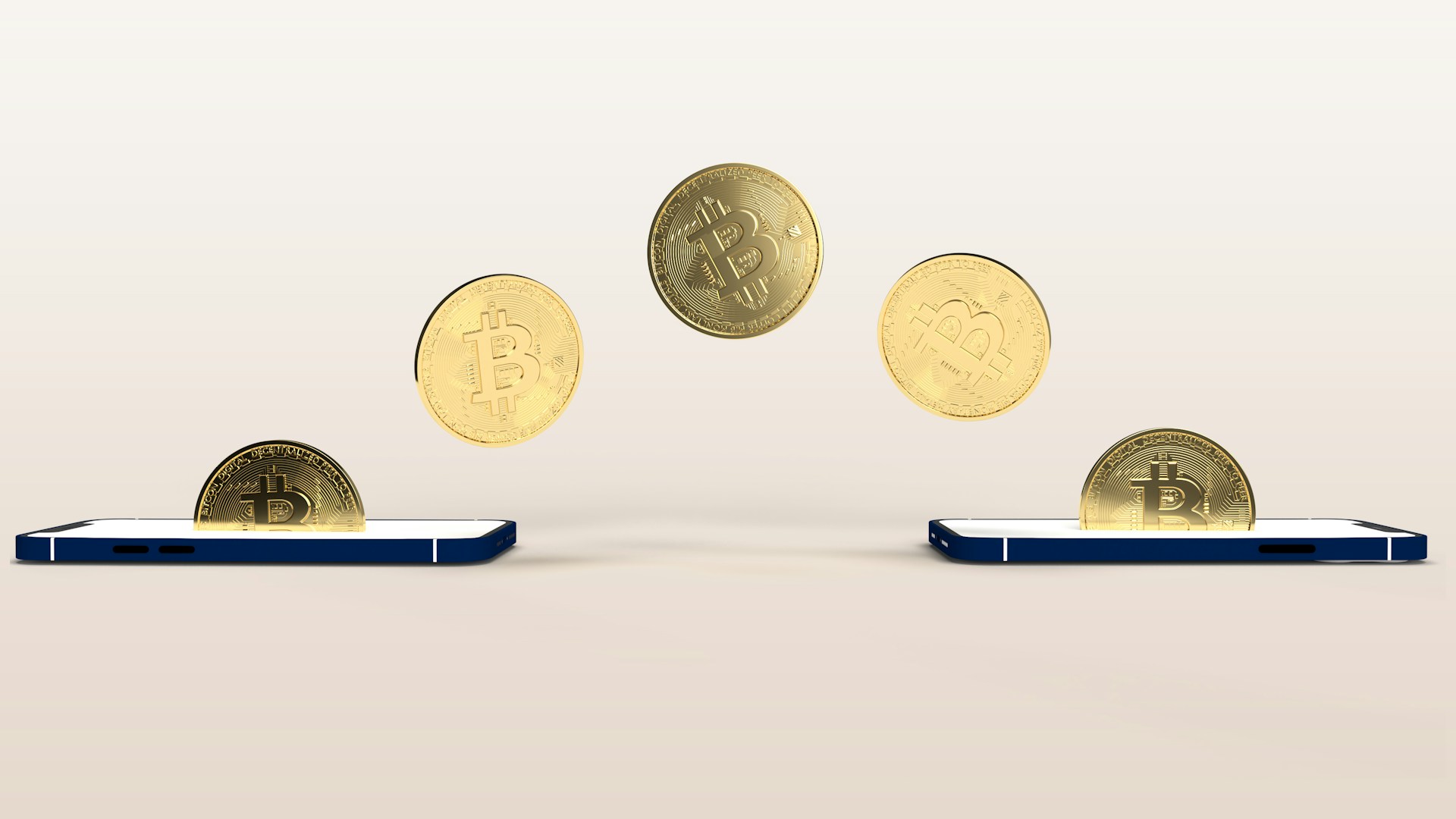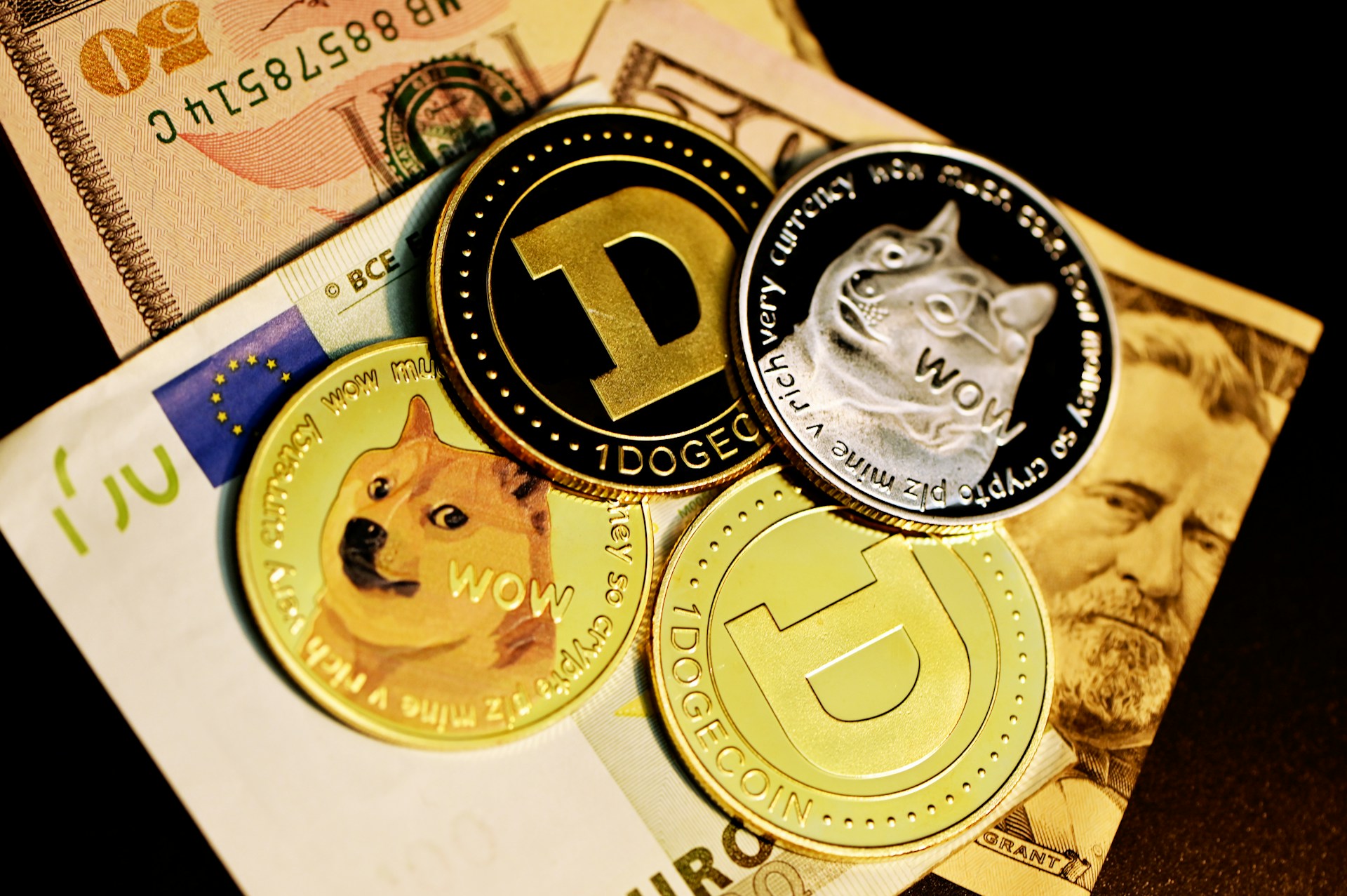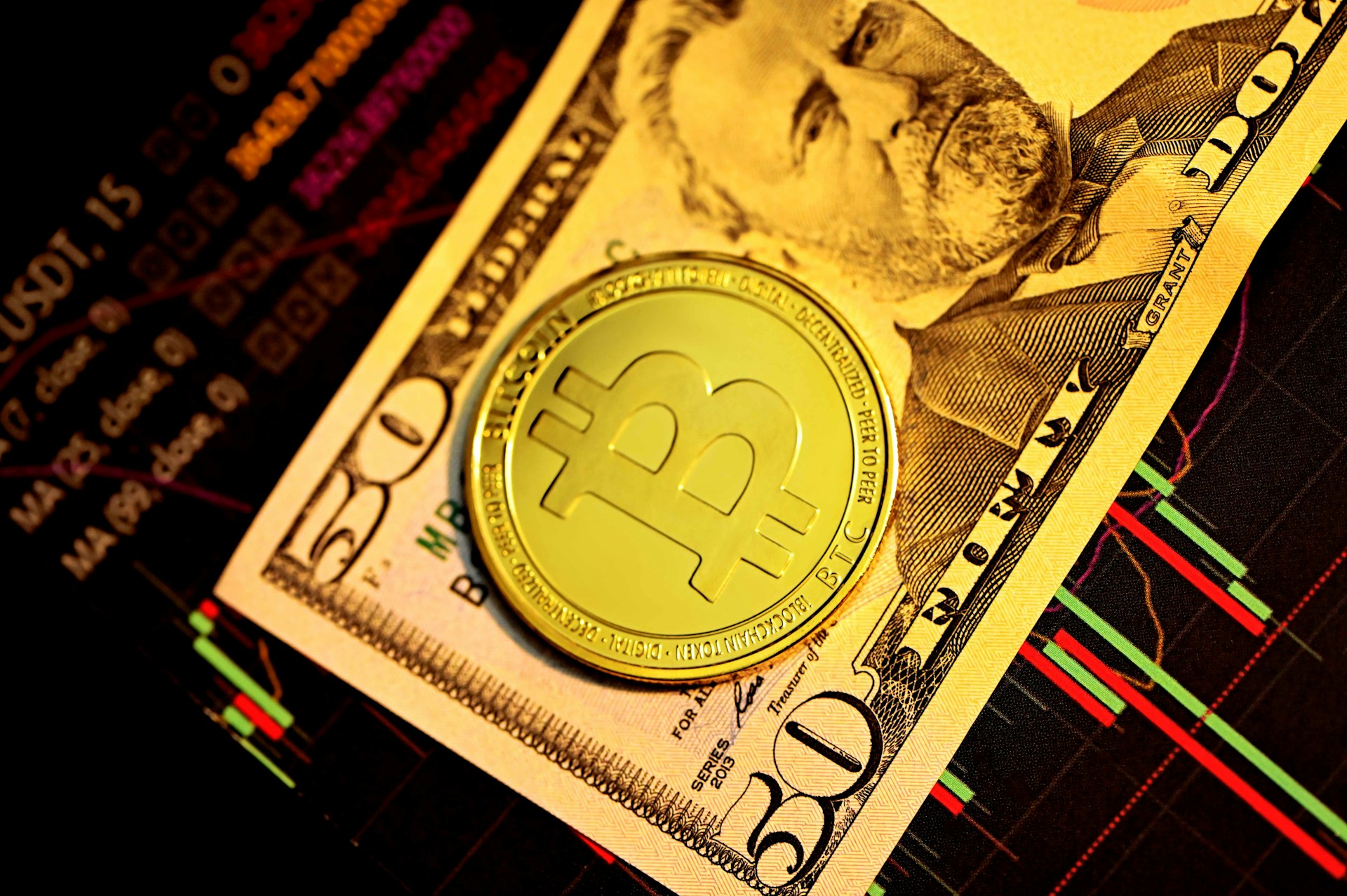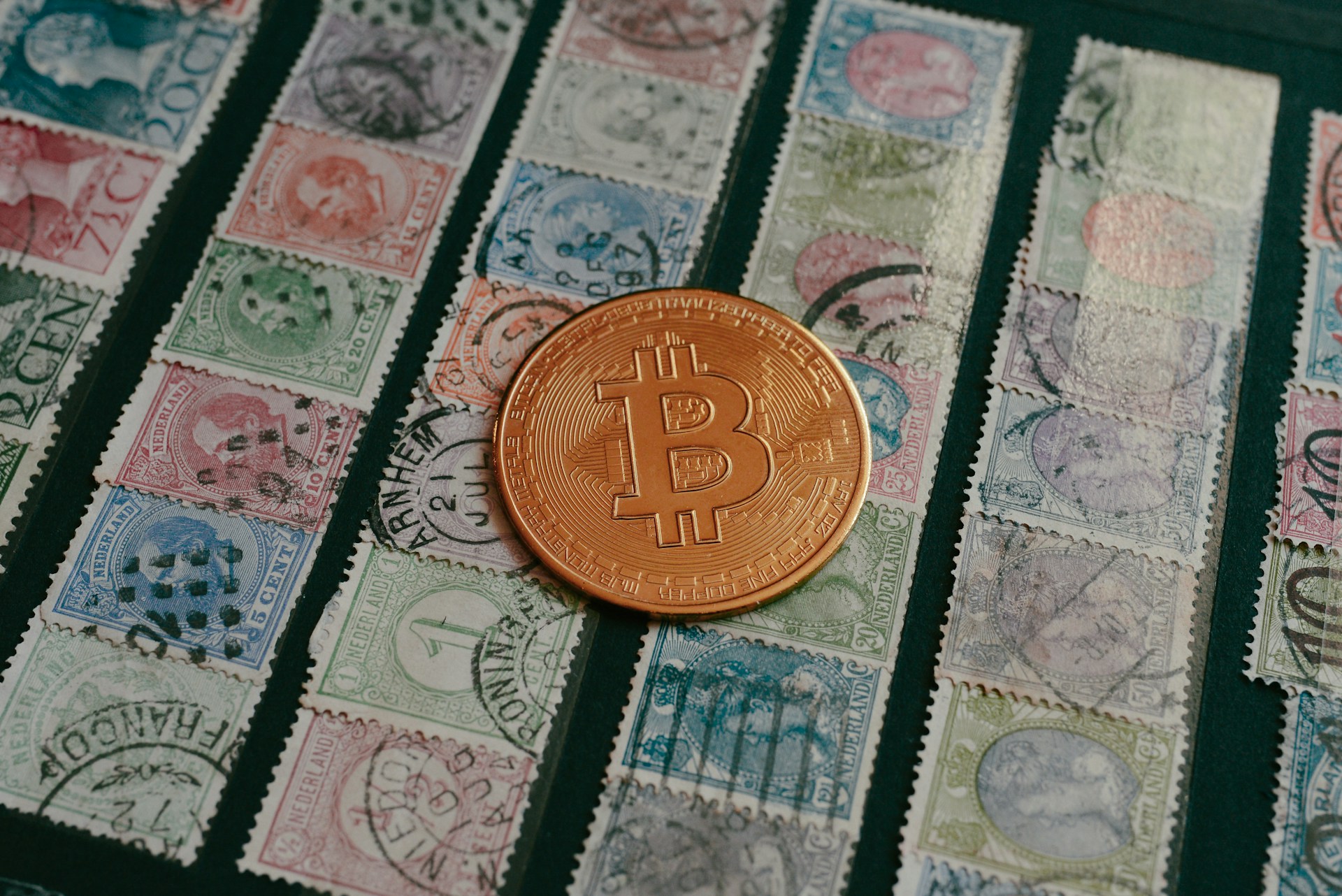
Digital currency — also known as cryptocurrency or central bank digital currency (CBDC) (depending on who issues it) — is a new way of handling money using digital technology instead of physical cash. Here’s a clear breakdown of how it works 👇
🪙 1. What Digital Currency Means
A digital currency is money that exists only in electronic form.
There are two main types:
- Cryptocurrencies (e.g., Bitcoin, Ethereum):
- Created and managed by decentralized computer networks using blockchain technology.
- Not controlled by any government or central authority.
- People store and transfer them through digital wallets.
- Central Bank Digital Currencies (CBDCs):
- Issued and regulated by a country’s central bank (like the Reserve Bank of India or the Bank of England).
- Acts as official digital money — like your regular currency but completely digital.
- Backed by the government, so it’s stable and legal tender.
⚙️ 2. How It Works (Step-by-Step)
For Cryptocurrencies:
- Blockchain ledger: Every transaction is recorded on a public digital ledger called a blockchain.
- Wallets: You hold your money in a digital wallet secured by cryptography.
- Verification: Transactions are verified by miners or validators using computing power.
- Transfer: When you send money, it’s approved by the network and recorded permanently.
For CBDCs:
- Issued by central bank: The central bank creates digital money directly (no physical printing).
- Stored in wallets or apps: People hold it in official government-approved digital wallets.
- Transactions: You can pay anyone instantly through digital platforms — like UPI, but directly linked to the central bank.
- Tracking and control: The central bank can monitor transactions to prevent fraud or illegal use.
💡 3. Why Digital Currency Is Becoming Popular
- Faster and cheaper transactions (no middlemen like banks in some cases).
- Secure and transparent — blockchain reduces fraud.
- Financial inclusion — helps people without access to traditional banking.
- Supports innovation — like smart contracts and decentralized apps.
⚠️ 4. Challenges and Risks
- Privacy concerns: Governments could track every transaction.
- Cybersecurity threats: Wallets and exchanges can be hacked.
- Volatility (for crypto): Prices can change dramatically.
- Regulation issues: Different countries have different rules.
🌍 Example
- India: RBI is testing the Digital Rupee (e₹).
- UK: Exploring a Digital Pound (sometimes called “Britcoin”).
- China: Has already launched the Digital Yuan (e-CNY).

